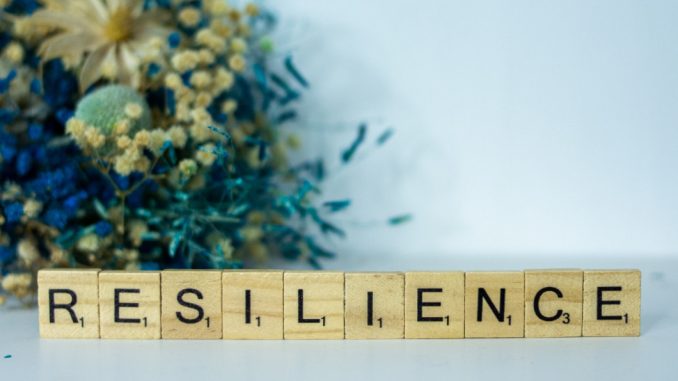
Today’s fast changing world demands of so many mascots both men and women, students need to cultivate the quality resilience. Resilience enables people to adapt to new obstacles. It lets them bounce back from setbacks and then go on despite suffering hardship after difficulty.For students, developing resilience not only means improving academic results but also emotional stability and successful social interactions with other people. Here are some measures for promoting resilient behavior among students:
Foster a growth mindset
Put the building of resilience into practice. Resilience is built upon a growth mindset: the belief that abilities and intelligence can be developed through effort and study. Students with a growth mindset accept that difficulty offers them an opportunity to develop, not so much as obstacle. To help students cultivate this way of thinking, both teachers and parents should: praise endeavor rather than talent, and assist students see taking challenges as a natural part of their learning journey.
Train in Problem-Solving
Resilient students are good at solving problems. When one teaches problem-solving skills, students are well equipped to cope with whatever life throws at them. Encourage students to break problems down into bite-sized pieces, brainstorm possible solutions and then evaluate the results. This not only gives them useful skills but also strengthens their sense of being able to do things.
Emotional release Responsibility for one’s emotions is a crucial thing if he is to be resilient. Schools and parents can give students a leg up in this respect by teaching them techniques for dealing with emotions such as deep breathing and affirmations, along with the practice of mindfulness. Creating an environment in school where students feel safe to tell the truth about their feelings and giving them methods for coping with stress can make a big difference in helping them recover from either moral or physical failure.
Building Positive Relationships
With strong relationships in place, students have a sense of security and where they belong Teachers should encourage students to form or maintain good relationships with their classmates, teachers and parents What can be done in schools? They can cultivate a climate of learning together and group activities. In hard times, warm relationships provide both emotional support and practical help.
Present, Example of Resilient Behavior
Children Remember please take gradually from the firm convictions of others around them. It is admirable parents and teachers who are resilient themselves — who explain to young people how they overcame setbacks with unwavering faith, how every crisis brought out something new in life, and who came alive in hard times act as a positive influence for good. Personal accounts of survival in the face of adversity can inspire and excite students to grow their own backbones.
Set realistic goals and celebrate progress toward them
Children grow in confidence and remain motivated if they’re able to set goals that are clearly attainable and see results when these goals are achieved. Break down large targets into small, achievable steps which reward children as they reach each stage. By continually spotting even slight successes, boys and girls will eventually realize that effort does pay off and grind on regardless.
Develop a Mindset That Encourages Reflection and Self-Improvement
Reflective practice enables students to provide clear evidence of their strengths and weaknesses. Students Reflect on their own lives and the lessons that they can draw from them, think how they might prepare for similar situations in future. Reflective behavior creates people who are self-aware and it helps students develop an excellent attitude.
The Case for Autonomizing Students: Allowing each student self-determination and responsibility can help them build useful skills. With autonomy, young boys and girls can choose their own textbooks or columns; they can participate in decisions, make their own projects and pick teachers. Learning that is self-generated can be pursued as well. A school is a base, but each child must chart his or her destiny from it.
Combine an Element of Resilience
Education with Every Course Found subjects on teaching resilience and skills development. In this way, programs such as training that provides group led exercises from stress management to conflict resolution or dealing with different sorts of difficulty will also become part of daily school life. Using such structured methods it can be ensured that students are truly round people recentresearch on the without fail.
Create a Positive School Culture
Schools which acquire a positive culture are characterized by inclusiveness, fairness, respect for all. Thus we enlarge students’ ability to weather setbacks.
A school is one that can be negotiated between matches, free of piranhas who tear others down, and fosters in all our children an ideology of hope. You can experiences on top of memorable stengths.
Pupils should be given plenty of projects in which they can learn and good ideas will be copied from place to place. You can also inject communityservice practice into their curriculum as a way for the school to interact with society. In this samevein, try having a schools culture that is friendly and respectful showcase innovation. If we can get young people everywhere riding the coattails of fortune like this! And let us therefore in this spirit leave knowledge, values and skills for fulfillment to our children of tomorrow. For after all, there is no way that resilience can bring about success and happiness over an entire lifetime: short of prayer!